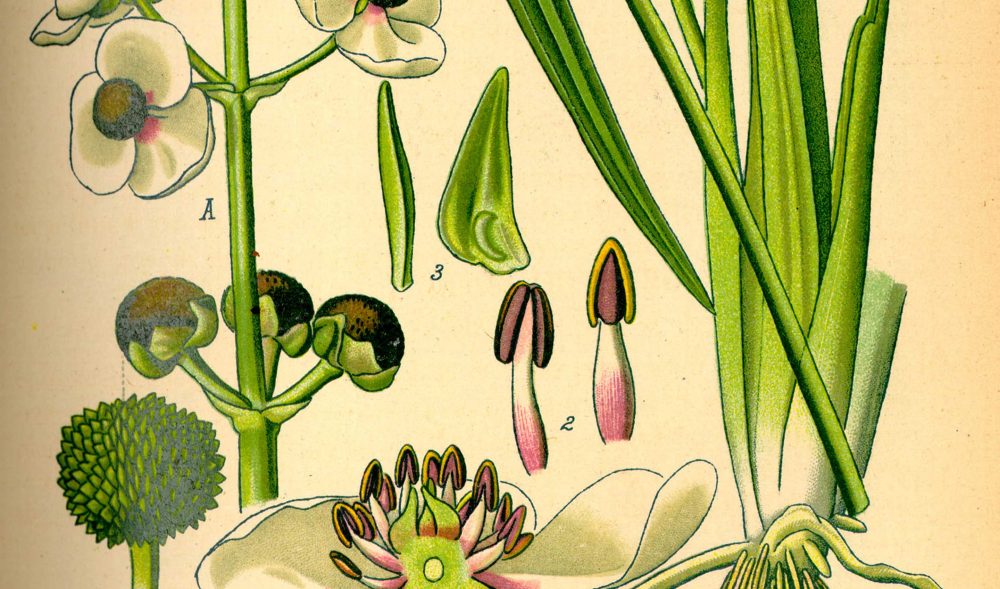Confluence Library
Native methods for catching fish along the Columbia River used spears, baskets, and weirs. White newcomers saw these as inefficient and began using mechanical processes such as fish wheels to increase canneries’ catches.
As the Northwest was increasingly colonized, resource extraction and utilization became the region’s economic backbone. Hydroelectric power, lumber mills, and agriculture thrived while damaging Native ways of life.
The Chinookan and Klickitat words for the area now near the Confluence Land Bridge mean “land of the mud turtles.” Both the Western Pond (Mud) Turtle and the Burrowing Owl have disappeared from their native habitats.
The cultivation of apples and other orchard fruit at Fort Vancouver was highly successful, expanding to a third site at Fort Simcoe. The Nez Perce and Yakama quickly took to the crop, finding it productive and valuable.
Wapato are a wetland tuber which were a part of Native diet. Though consumption of wapato ceased after land cultivation by white farmers, wapato are being reintroduced to the Yakama diet. Notes on cooking and edibility.
Botanist David Douglas spent two years traveling the West, surveying plants and animals from Fort Vancouver to Canada, the Rocky Mountains, and Santa Barbara. He advised the Hudson’s Bay Company on planting practices.
Chief Timothy Park, in Washington, is on an island off the Snake River. Chief Timothy Park is close to Lower Granite Dam, which has a fish ladder. The park is home to a Confluence “Listening Circle” amphitheater.
The introduction of apple trees and other orchard fruits to the Northwest was very popular with both Native and white populations. Often overlooked, Native women played a major role in cultivating the first orchards.
Cape Disappointment, at the mouth of the Columbia River on the Pacific Ocean, hides a bay full of plants, animals, and birds, as well as visitors. Here, Waikiki Beach is the only safely swimmable coast in Washington.









